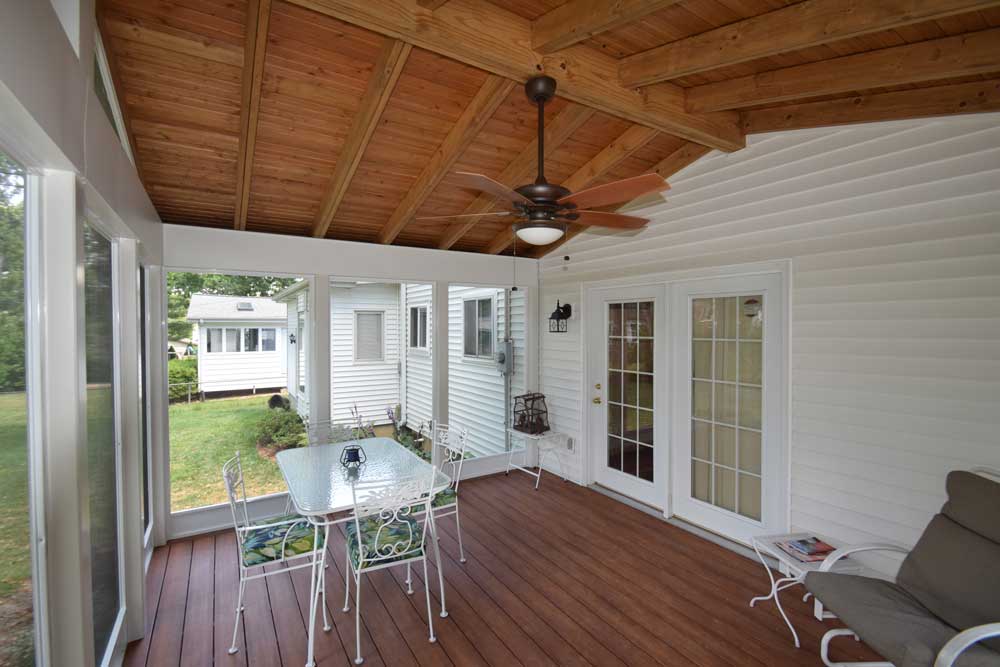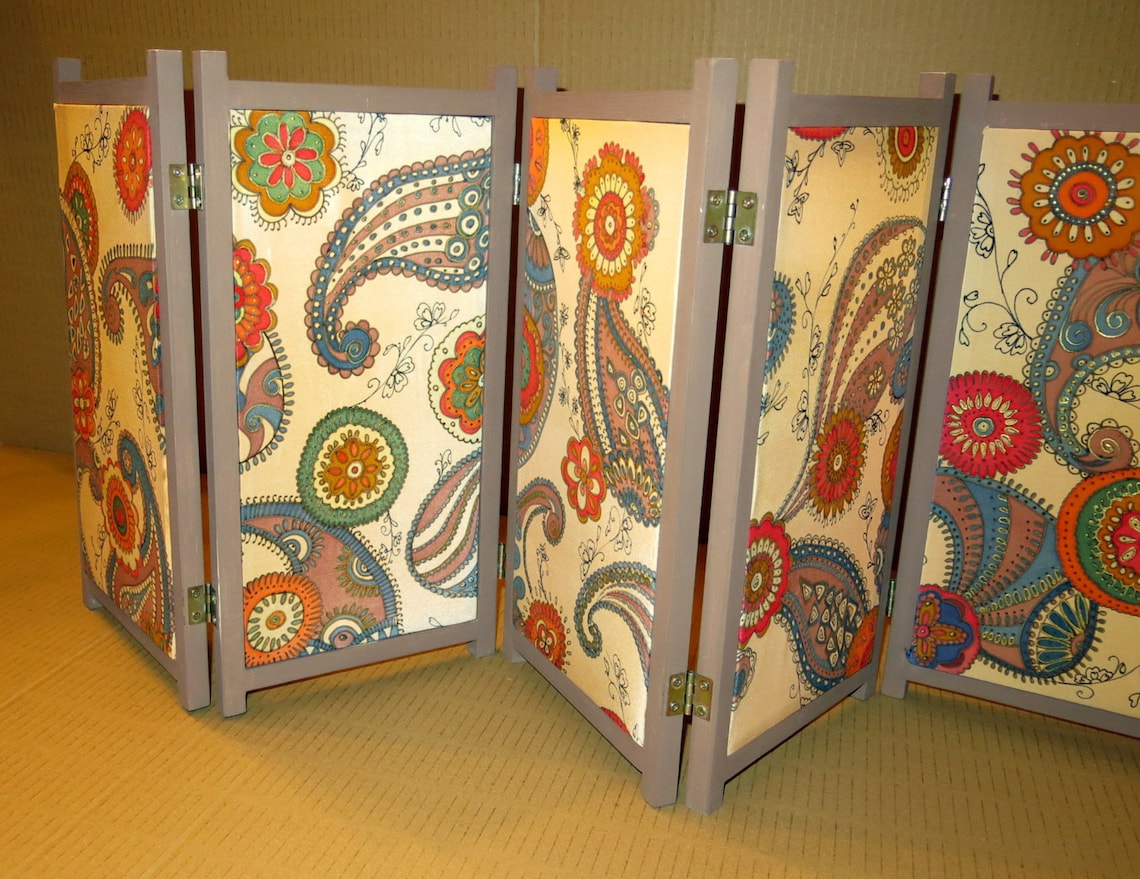

_text = string_copy(_text, _space + 1, string_length(_text) - (_space))

_text_wrapped += string_copy(_text, 1, _space) + "\n" If (string_width(string_copy(_text, 1, _char_pos)) > _width) While (string_length(_text) >= _char_pos) / Take a string and add line breaks so that it doesn't overflow the maximum width / width The maximum width of the text before a line break is inserted In the script you'll see that there is already a base function definition prepared for use and so we'll edit it to look like this: /// string_wrap(text, width) You should make a new Script asset for this and while you can name it anything you wish, for the sake of this tutorial, we'll call it the same as the function it's going to contain: string_wrap. This will mean that the string will be pre-formatted to go to a new line before it's even drawn.

To prevent this from happening, we are going to take our input string then run it through a function that will add in the required line breaks based on the position of spaces in the text. You can see this happening in the following GIF: However, since we will be drawing our text a letter at a time, this function causes an issue where words will start to appear on one line, then "jump" to the next as the GML function detects that they are now longer than the maximum width. Now, GameMaker Studio 2 has a GML function draw_text_ext that can be used to automatically wrap text when it overflows a given length, and in many cases that will be perfectly fine to use.
#Creating screen wrap room in gml code
So, let's get started.īefore we add any code into our dialog object, we need to first define a function that we'll need to deal with wrapping text that is too long for the space we want to draw it in. We'll be adding all our code into the dialog object and the idea is that we'll be creating an array of text, where each item in the array is a complete sentence or paragraph of text, and then we'll be taking that text and drawing only a section of it each step, advancing the section to show a new letter little by little to create the typewriter effect. In this project you should add a new font asset and give it a name (in this tutorial we'll be calling it simply fnt_dialog), and then add a new object asset and name it obj_dialog): If you prefer to use DnD to make your games, we have a companion article for you here.įor this tutorial, you will need to create a new project in GameMaker Studio 2 as we'll be starting from scratch. NOTE: This tutorial is for people that use GML. We thought we would show you how this can be done in the simplest form, so you can learn and have base to build your own text systems.
#Creating screen wrap room in gml how to
Making a dialogue object that has lines of text that appear a letter at a time, just like it was being written on a typewriter! How to make an effect like this is a recurrent question we see come up on the forums and other social platforms, and while there are a number of great assets out there that will permit you to do this. Today's coffee-break tutorial covers a great effect that is useful in a wide variety of situations.


 0 kommentar(er)
0 kommentar(er)
